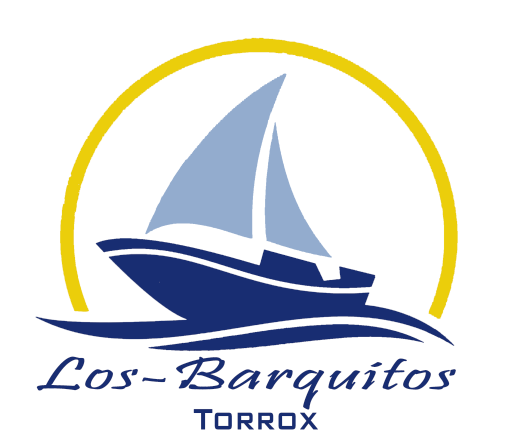
Since FIFO is global, it’s good if your business operates across multiple jurisdictions. Get ShipBob WMS to reduce mis-picks, save time, and improve productivity. To understand further how LIFO is calculated despite real Online Accounting inventory activity, let’s dive into a few more examples. In this article, we break down what the LIFO method entails, how it works, and its use cases.
- So, it is not an accepted method under the taxation rules of many countries worldwide, including India.
- Enerpize automates COGS calculations by integrating real-time inventory tracking with purchase and sales records.
- Businesses usually sell off the oldest items left in the inventory as they might become obsolete if not sold further.
- Therefore, we can add up all the units sold and then look at what we have on hand.
- For example, in the previous example, if the total goods available for sale is $10,750, the ending inventory value is $7,750 with 380 units left.
- These formulas and examples illustrate how the LIFO method prioritizes the cost of the most recently acquired inventory for calculating COGS and values the ending inventory based on the oldest costs.
- Opting for the Last In First Out (LIFO) method can enhance your inventory management strategy.
Potentially Distorted Balance Sheets:

Each method has its strengths and may be more suitable depending on your business type and inventory management needs. This is the total value of your products at the start of your accounting period (typically a month, quarter, or year). Calculating ending inventory regularly helps determine profitability, secure financing, and make informed business decisions. In this guide, we’ll demystify ending inventory calculations, showing you how to boost profits and make smarter stocking decisions. FIFO typically results in lower COGS and higher profits, leading to higher taxes when prices are rising. It reflects current inventory value more accurately when prices are rising.
Accounting Crash Courses

It simplifies inventory accounting and provides a balanced valuation approach, though it may not be as accurate as FIFO or LIFO when prices fluctuate significantly. Lower https://www.oodlesmarketing.com/how-does-the-double-declining-balance-method-work/ gross profit under LIFO can lead to a reduced net income, which might initially seem disadvantageous. However, this reduction in net income can be beneficial from a tax perspective, as it lowers the taxable income, thereby reducing the company’s tax liability. This tax-saving aspect is one of the primary reasons businesses opt for LIFO, especially in industries where inventory costs are subject to significant inflation. The Weighted-Average Cost method calculates an average cost for all available inventory items during a period.
The Role of the LIFO Method in Inventory Management
- FIFO helps minimize spoilage, waste, and quality issues, making it the standard choice for inventory management and financial reporting in the Food and Beverage sector.
- Under LIFO, the most recently acquired inventory items are assumed to be the first sold.
- In this example, the prices of batches 1 and 2 were relatively close, so an average cost may be appropriate.
- This technique relies on your business’s historical gross profit margin, which is your gross profit expressed as a percentage of net sales.
But with LIFO, you offset this by first recording the recently acquired, higher costs on financial statements. This narrows your profit margin, which may sound like a drawback — but when profits are lower, so is your tax liability. This makes LIFO suitable for companies looking to reduce the tax burden when inflation drives up costs. Last in, first out (LIFO) is a method that allows you to use the most recent inventory costs for your cost of goods sold, reducing your taxable income and saving you money.

Calculate Gross Profit
Under the FIFO method, the goods that are produced first are disposed of first. The FIFO method is also provided in the Indian accounting standard for inventory valuation. It is the most common, simple, and easy method of inventory valuation used by companies. Assets remaining in inventory are matched with the most recently purchased assets. During inflation, the FIFO method produces a higher value of the closing inventory, a lower cost of goods sold, and a higher gross profit. However, this model does not offer tax advantages, and it also fails to present an accurate depiction of the costs of the inventory when there is a rapid increase in prices.
Enhances sales forecasting

Cost of Goods Sold (COGS) calculates the total cost incurred in getting the product ready for sale in the market. However, COGS doesn’t include all the costs incurred while running the business. It mainly comprises direct expenses incurred in making the finished product or getting it to your how to calculate cogs using lifo customer. High inflation means FIFO uses lower cost of goods sold, so higher taxable income. Higher taxable income means higher taxes, which can be a big burden for businesses during inflation. During inflation, FIFO can mean a higher tax bill as it shows higher profits because you are selling older stock purchased at a lower cost.
- LIFO, however, is not allowed under IFRS but remains permitted under US GAAP, making it a viable option if you’re business is based in the U.S.
- Last-in, first-out (LIFO) is an inventory method popular with companies that experience frequent increases in the cost of their product.
- The decision to use the LIFO method should be made after considering the nature of the business’s operations, its inventory types, and the economic environment.
- Otherwise, your final profit calculation might be too high if it’s using the older, and cheaper, inventory as the baseline for costs.
- If the manufacturing plant were to sell 10 units, under the LIFO method it would be assumed that part of the most recently produced inventory from Batch 2 was sold.
- While LIFO helps manage tax liabilities when inflation occurs, it may not present the most accurate inventory valuation and is prohibited under IFRS globally.
Common mistakes to avoid when calculating ending inventory
In the end, FIFO is the better method to go with for giving accurate profit as it assumes older inventory to be sold first. Although the oldest inventory may not always be the first sold, the FIFO method is not actually linked to the tracking of physical inventory, just inventory totals. However, FIFO makes this assumption in order for the COGS calculation to work. With actionable insights and accurate results, the LIFO method empowers you to streamline your accounting process, optimize cash flow, and stay ahead of inventory challenges. Implementing and maintaining LIFO can be cumbersome, as it requires meticulous tracking of inventory layers and purchase costs over time. Lower taxable income translates to improved cash flow, which can be reinvested in growth, paying down debt, or operational improvements.
